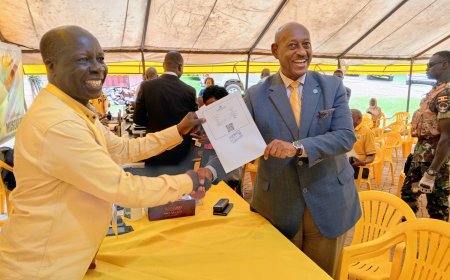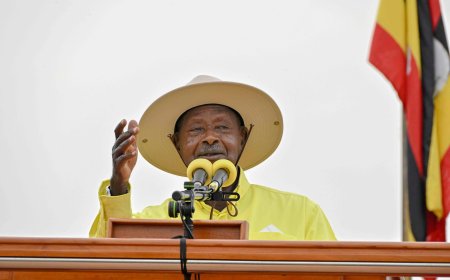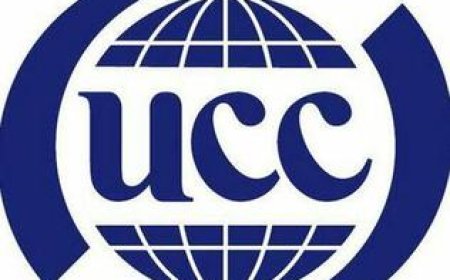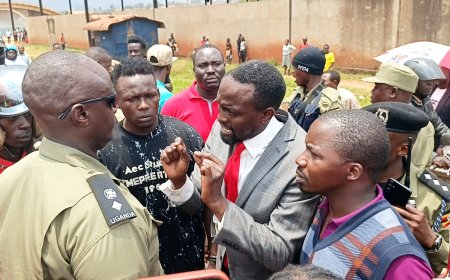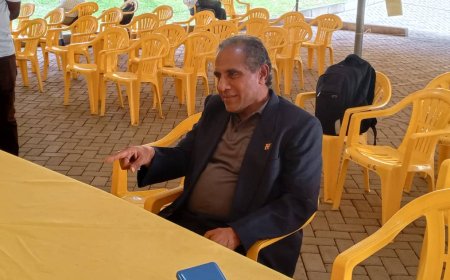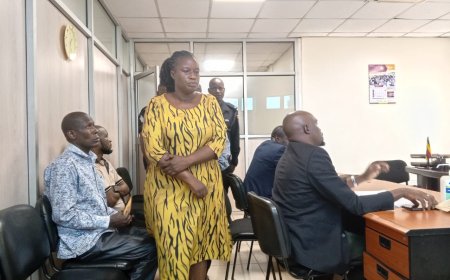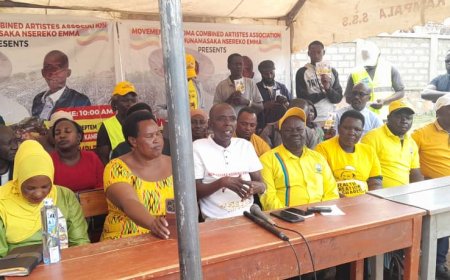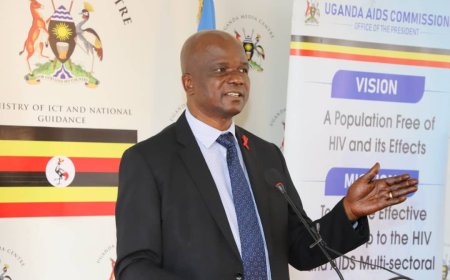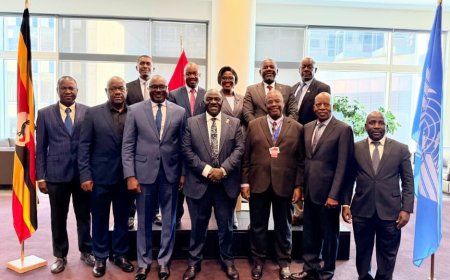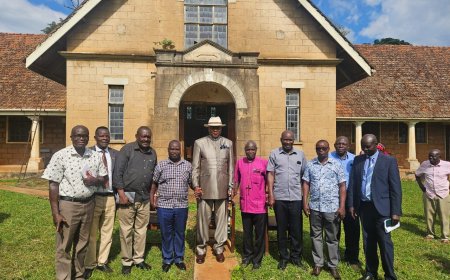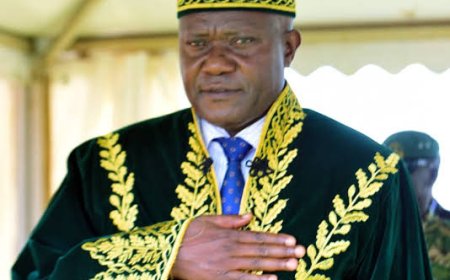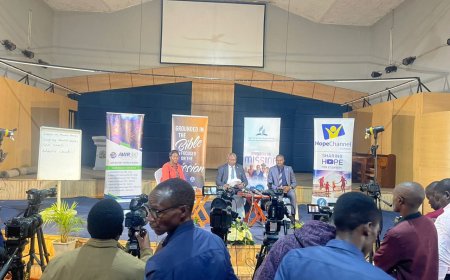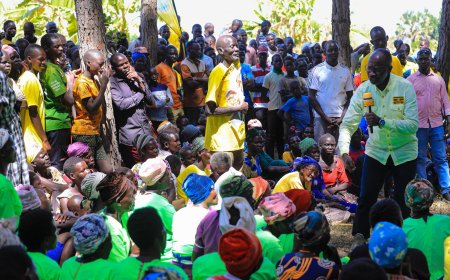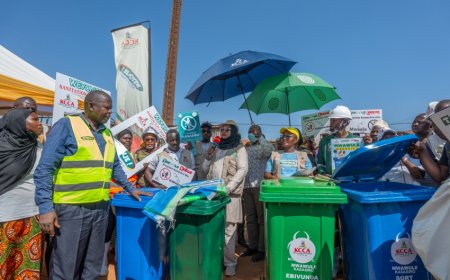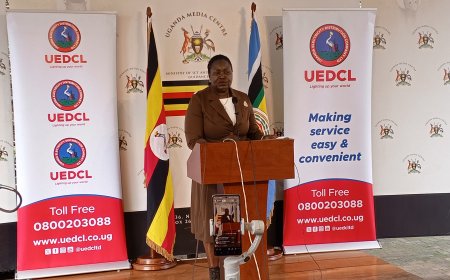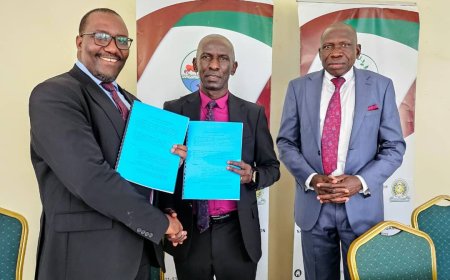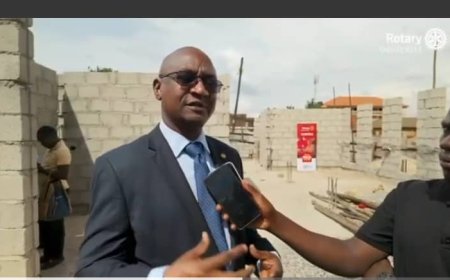Title 42 How COVID allowed the US to block migrants
Title 42 allowed the Border Patrol to almost immediately expel border crossers back into Mexico or their origin countries without accepting their migration petitions.
WASHINGTON - The United States on Thursday will officially end its 40-month Covid-19 emergency -- also discarding the Title 42 law, a tool that has been used to prevent millions of migrants from entering the country.
Without it, the administration of President Joe Biden faces a tough challenge to prevent a surge in undocumented migrants from around the world entering the country across its southern border with Mexico.
WHAT IS TITLE 42?
Title 42 is part of a broad 1944 public health law, which in one section allows the government to summarily suspend inward travel from another country to prevent the spread of communicable disease.
When Covid-19 was first recognized as a threat in early 2020, the administration of then-president Donald Trump -- already seeking a way to stem a surge in asylum claims and other undocumented migration over the southern border -- invoked Title 42 to cut off nearly all entry.
Title 42 allowed the Border Patrol to almost immediately expel border crossers back into Mexico or their origin countries without accepting their migration petitions.
When Biden came into office in January 2021, he was pressured by supporters to ease or lift Title 42, since coronavirus vaccines had been introduced and testing was available.
Amid several court cases attacking and defending the policy, Biden kept it in place, and border officials used it to expel many of the often 200,000 people or more attempting border crossings each month.
By lifting the country's official public health emergency concerning Covid-19 on May 11, Biden can no longer justify using Title 42 against refugees, asylum-seekers and other migrants.
HOW WILL THE US MANAGE MIGRATION NOW?
The Biden administration hopes a mix of incentives and punishments will prevent migrants from pushing across the border en masse after Thursday.
One deterrent, they hope, will be the use of a different law, Title 8.
Title 8, an explicit immigration authority, allows the expedited removal of someone who has violated US law in order to enter the country without documentation.
It has already been used against migrants in parallel with Title 42 in recent years.
It takes significantly longer to process an individual under Title 8 guidelines -- an hour or more rather than a few minutes -- and so it will be more unwieldy than Title 42.
But someone removed under Title 8 can end up with a criminal record or a five-year ban on applying for legal entry.
US officials hope that will be enough to encourage would-be migrants to apply formally for entry at the border or in their home countries.
US Customs and Border Patrol has created a smartphone app, CBP One, that migrants are supposed to use to set up an interview appointment.
In addition, the State Department announced it is setting up international migration processing centers, with the first ones in Colombia and Guatemala.
But there is no indication whether those processes -- which don't offer migrants any guarantees of acceptance -- will result in fewer attempts at illegal crossings.
Fearing a surge in attempted crossings as soon as Friday after Title 42 is gone, the Biden administration has expanded its border enforcement forces -- including adding 1,500 more troops as backup -- and added staff and judges to US immigration courts.

